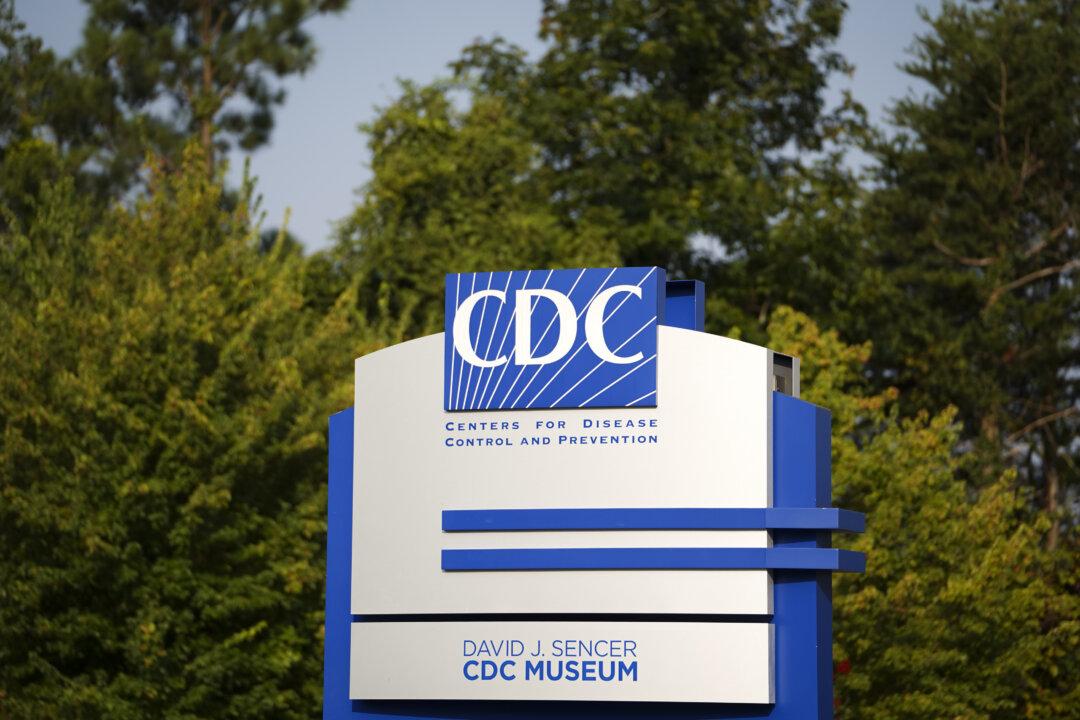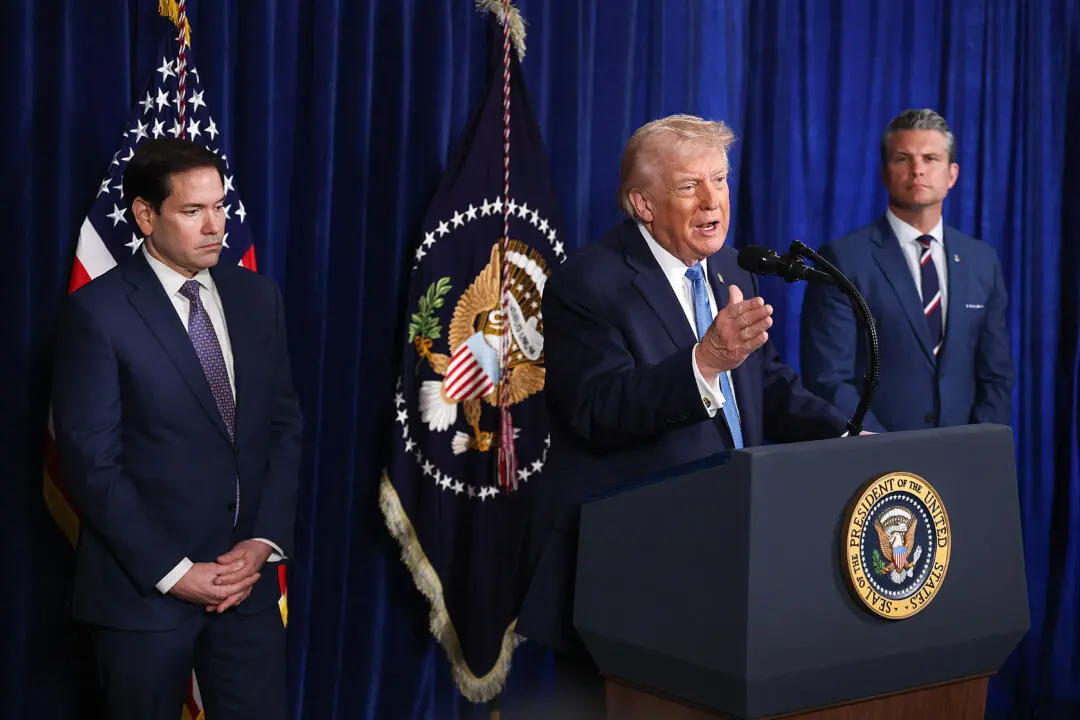The Biden administration is launching a new international strategy called the “Global Health Security Strategy” on April 16 to combat the next global pandemic, according to senior administration officials.
Building on the lessons learned during the COVID-19 pandemic, a senior administration official said this new strategy has already secured a 50-nation partnership, with the possibility of reaching 100 by the end of the year with the help of the other G7 nations. It is estimated that it will cost around $30 billion a year.





